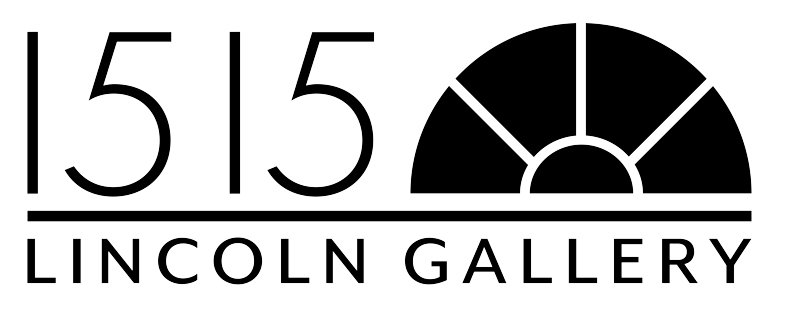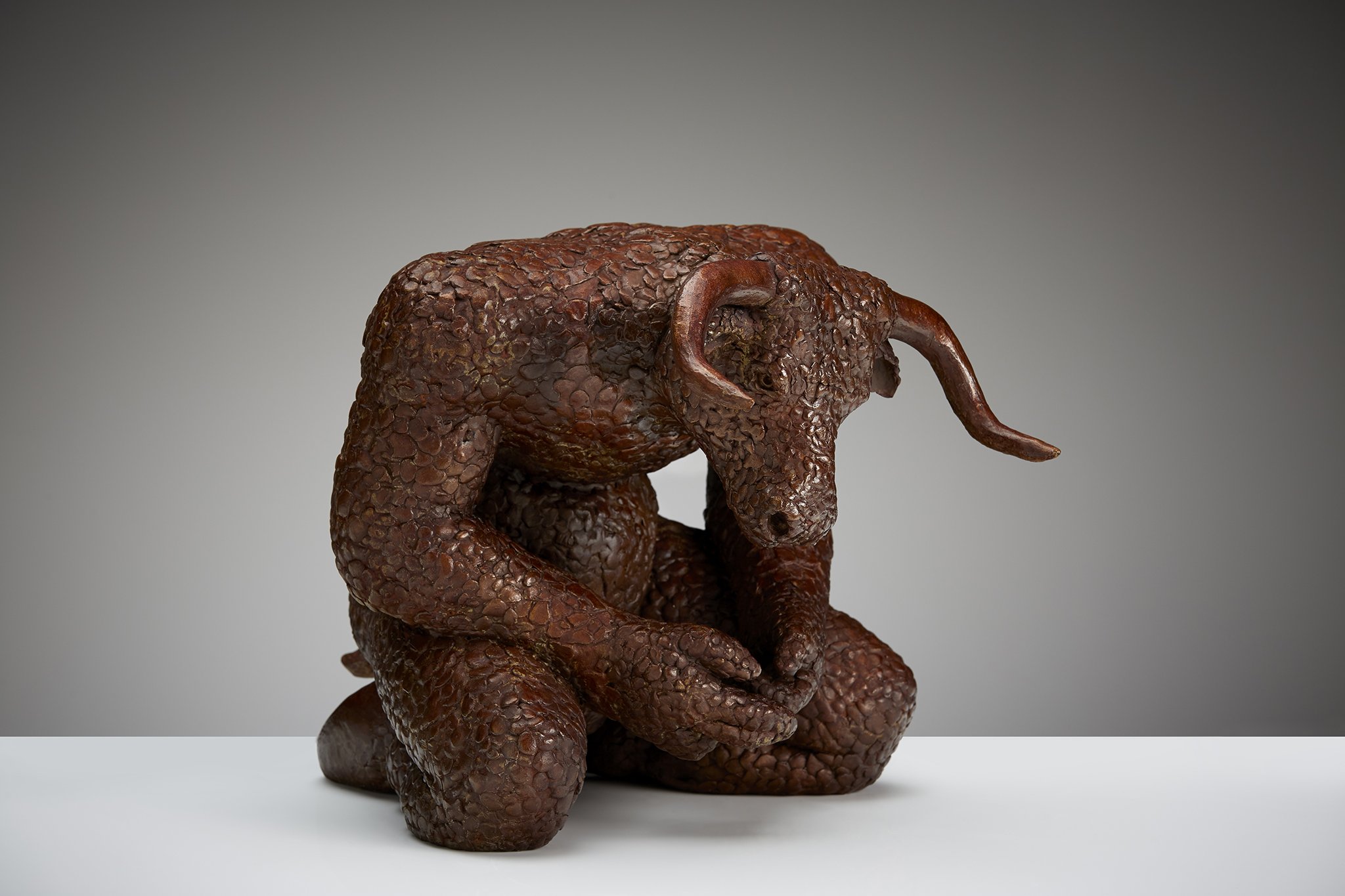ANDY SCOTT
“I endeavor to breathe life into steel, the most unforgiving of sculpting materials. It is like drawing in three dimensions with thick steel bars, without the use of computers. ”
BIOGRAPHY
Andy Scott is a figurative sculptor who works on a grand scale. An honors graduate of the renowned Glasgow School of Art in the United Kingdom (1986), his artworks combine traditional draftsmanship and skill with contemporary fabrication techniques. They range in scale from 10 to 100 feet (3 to 30 meters) in height.
Living, dynamic forms are shaped by hand from steel and clay using techniques honed over 30 years as a professional sculptor. He works for a broad spectrum of corporate, civic, sports, and private clients, with his distinctive sculptures achieving widespread acclaim and recognition.
Andy works on commission. His artworks inhabit the public realm and private estates, dramatizing their environments and creating a sense of place and civic pride. His prodigious studio output now extends to over 90 projects internationally. Many of his sculptures grace very prominent locations and are enjoyed by hundreds of thousands of viewers every day. His artworks stand up to the rigors of the public domain and transform the environments they inhabit.
In spring 2014, “The Kelpies” were unveiled: a pair of 100-foot (30-meter) tall horse heads in the Scottish town of Falkirk, the largest equine sculptures in the world. They are inspired by the cultural heritage of the Clydesdale horses—Scottish draft horses—which worked hard to help people along the canals and on the land. The sculptures have received numerous accolades, including the UK Structural Steel Award and the Saltire Award for Civil Engineering.
Recent and ongoing projects include three large steel figures for an English Premier League soccer club, a monumental landmark artwork in St. Paul, MN, a private commission for an Oscar-winning movie director, and a major equine sculpture for a developer in Colorado.
For most of his large artworks, Andy makes small-scale studies in bronze, which are available in limited editions.
ARTIST INSIGHTS
How are your background and life experiences connected to your art?
I grew up in Glasgow, Scotland, a former industrial city, known for its shipbuilding. My father, a draughtsman, introduced me to the Victorian architecture and sculpture in the city. You can see the influence of this in my work where I use industrial material to enhance the narrative of a place.
Who are some of your biggest artistic influences?
The sculptors known as Les Animaliers, such as Pompon, Bugatti and Barye. Also figurative sculptors from times gone by like Bertram MacKennal, Gilbert Bayes, Raynor Hoff and Paul Manship.
How have you developed your artist career?
Working hard every day. Over years of experience I’ve learned little flourishes, bringing a flow to the steel slabs to create a sense of energy.
What does your artistic work intend to communicate to its audience?
I work to commission and will research the cultural heritage of that particular place and community to inform the concept of the artwork. I make recognisable figures and animals with a narrative that relates to that specific cultural heritage. With this approach I aim to strike a chord in the viewer and evoke an emotional response. In addition I want to display skill, dexterity and draughtsmanship that the general public can appreciate. I believe in art for all. In the end, it is up to the audience.
Does your work comment on any current social or political issues?
Occasionally, but always in a subtle fashion. Those who know, get it.
Do you have a particular story that stands out from your career as an artist?
Installing a sculpture by helicopter on a clifftop in Australia, or meeting the Queen. Four times. I’ll tell you over a coffee…
What is one thing you would like your audience to know about you?
I’m from Glasgow, Scotland, where we used to build ships and locomotives. If you cut me, the River Clyde would come out. That city’s work ethic courses through me. And that means that I am dedicated to my work, "old school”. I make them with my hands. Grinders and hammers, chains and cranes. No computers. The small bronzes are practice runs for giants and monuments for the public, for everyone. So when you look at them, imagine them 20, 30, 100 feet tall, because thats how I imagine them when I make them.
Which current art world trends are you following?
None.
Why have you chosen to sell your work in the 1515 Lincoln Gallery?
Because of Susan.
ARTIST STATEMENT
I endeavor to breathe life into steel, the most unforgiving of sculpting materials. It is like drawing in three dimensions with thick steel bars, without the use of computers. As I work on commission, I aim to enhance the environment of that particular place, that particular community, referencing the cultural heritage and creating a sense of place.
Andy Scott at work in his studio
Monarch by Andy Scott
“The small bronzes are practice runs for giants and monuments for the public, for everyone. So when you look at them, imagine them 20, 30, 100 feet tall, because that’s how I imagine them when I make them.”
ANDY SCOTT’S AVAILABLE ART
“I intend to communicate a meaningful narrative that matters to the audience.”







